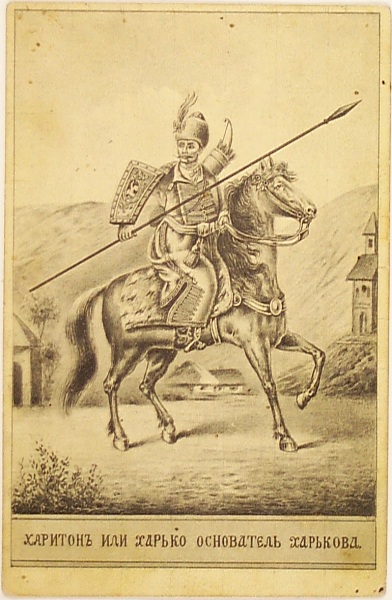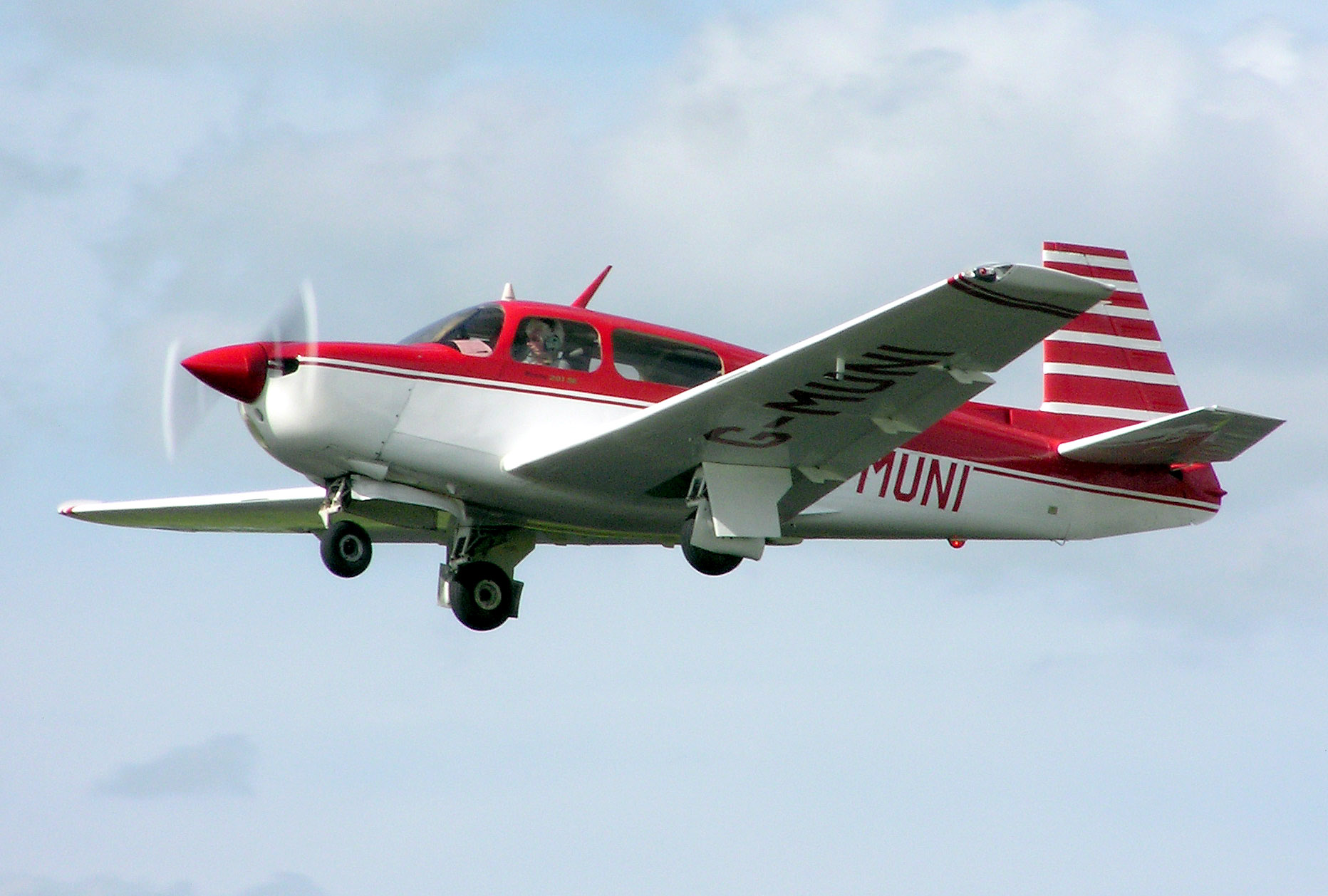|
KhAZ-30
The ViS ViS-3 is a high wing, single-engine ultralight, designed and built in Ukraine. The production version is designated as KhAZ-30 (ХАЗ-30). Design and development The ViS-3 is a two-seat, side by side, conventionally laid out ultralight high-wing monoplane. It first flew on 8 October 2006 and its flight test programme led through the revised ViS-5 to the Kharkiv State Aviation Plant built KhAZ-30 (ХАЗ-30) production aircraft, which first appeared in public on 22 May 2012. The development programme has brought small but significant changes to the design, chiefly in the removal of forward sweep and the addition of dihedral and flaps. It is mostly of metal construction, though with fabric-covered wings. These have straight edges and constant chord and are braced by a single streamlined strut on each side, forward leaning from the lower fuselage to the wing. The fuselage is noticeably shallow, with a long cabin glazed ahead and behind the wing, both above and to the ... [...More Info...] [...Related Items...] OR: [Wikipedia] [Google] [Baidu] |
WikiProject Aircraft
A WikiProject, or Wikiproject, is an affinity group for contributors with shared goals within the Wikimedia movement. WikiProjects are prevalent within the largest wiki, Wikipedia, and exist to varying degrees within Wikimedia project, sibling projects such as Wiktionary, Wikiquote, Wikidata, and Wikisource. They also exist in different languages, and translation of articles is a form of their collaboration. During the COVID-19 pandemic, CBS News noted the role of Wikipedia's WikiProject Medicine in maintaining the accuracy of articles related to the disease. Another WikiProject that has drawn attention is WikiProject Women Scientists, which was profiled by ''Smithsonian Magazine, Smithsonian'' for its efforts to improve coverage of women scientists which the profile noted had "helped increase the number of female scientists on Wikipedia from around 1,600 to over 5,000". On Wikipedia Some Wikipedia WikiProjects are substantial enough to engage in cooperative activities with outsi ... [...More Info...] [...Related Items...] OR: [Wikipedia] [Google] [Baidu] |
Elevator (aircraft)
Elevators are flight control surfaces, usually at the rear of an aircraft, which control the aircraft's pitch, and therefore the angle of attack and the lift of the wing. The elevators are usually hinged to the tailplane or horizontal stabilizer. They may be the only pitch control surface present, and are sometimes located at the front of the aircraft (early airplanes and canards) or integrated into a rear "all-moving tailplane", also called a slab elevator or stabilator. Elevator control effectiveness The elevator is a usable up and down system that controls the plane, horizontal stabilizer usually creates a ''downward'' force which balances the nose down moment created by the wing lift force, which typically applies at a point (the wing center of lift) situated aft of the airplane's center of gravity. The effects of drag and changing the engine thrust may also result in pitch moments that need to be compensated with the horizontal stabilizer. Both the horizontal ... [...More Info...] [...Related Items...] OR: [Wikipedia] [Google] [Baidu] |
High-wing Aircraft
A monoplane is a fixed-wing aircraft configuration with a single mainplane, in contrast to a biplane or other types of multiplanes, which have multiple wings. A monoplane has inherently the highest efficiency and lowest drag of any wing configuration and is the simplest to build. However, during the early years of flight, these advantages were offset by its greater weight and lower manoeuvrability, making it relatively rare until the 1930s. Since then, the monoplane has been the most common form for a fixed-wing aircraft. Characteristics Support and weight The inherent efficiency of the monoplane is best achieved in the cantilever wing, which carries all structural forces internally. However, to fly at practical speeds the wing must be made thin, which requires a heavy structure to make it strong and stiff enough. External bracing can be used to improve structural efficiency, reducing weight and cost. For a wing of a given size, the weight reduction allows it to fly slower an ... [...More Info...] [...Related Items...] OR: [Wikipedia] [Google] [Baidu] |
Kharkiv Aviation Factory Aircraft
Kharkiv, also known as Kharkov, is the second-largest List of cities in Ukraine, city in Ukraine.Kharkiv "never had eastern-western conflicts" , ''Euronews'' (23 October 2014) Located in the northeast of the country, it is the largest city of the historic region of Sloboda Ukraine. Kharkiv is the administrative centre of Kharkiv Oblast and Kharkiv Raion. Prior to the Russian invasion of Ukraine in early 2022, it had an estimated population of 1,421,125. Founded in 1654 as a Cossacks, Cossack fortress, by late 19th century Kharkiv had developed within the Russian Empire as a major commercial and industrial centre. From December 1919 to January 1934, Kharkiv was the capital of the Ukrainian Soviet Socialist Rep ... [...More Info...] [...Related Items...] OR: [Wikipedia] [Google] [Baidu] |
2000s Ukrainian Ultralight Aircraft
S, or s, is the nineteenth letter of the Latin alphabet, used in the English alphabet, the alphabets of other western European languages and other latin alphabets worldwide. Its name in English is ''ess'' (pronounced ), plural ''esses''. History Northwest Semitic šîn represented a voiceless postalveolar fricative (as in 'ip'). It originated most likely as a pictogram of a tooth () and represented the phoneme via the acrophonic principle. Ancient Greek did not have a "sh" phoneme, so the derived Greek letter Sigma () came to represent the voiceless alveolar sibilant . While the letter shape Σ continues Phoenician ''šîn'', its name ''sigma'' is taken from the letter ''Samekh'', while the shape and position of ''samekh'' but name of ''šîn'' is continued in the '' xi''. Within Greek, the name of ''sigma'' was influenced by its association with the Greek word (earlier ), "to hiss". The original name of the letter "Sigma" may have been ''san'', but due to the earl ... [...More Info...] [...Related Items...] OR: [Wikipedia] [Google] [Baidu] |
Flat Four
A flat-four engine, also known as a horizontally opposed-four engine or boxer engine, is a four-cylinder piston engine with two banks of cylinders lying on opposite sides of a common crankshaft. The most common type of flat-four engine is the boxer-four engine, each pair of opposed pistons moves inwards and outwards at the same time. A boxer-four engine has perfect primary and secondary balance, however, the two cylinder heads means the design is more expensive to produce than a straight-four engine. There is a minor, secondary unbalanced rotational torque pulse in the plane of the pistons, when a piston pair at one end of the engine is at TDC and the other pair at BDC. The TDC pair creates a torque greater than the BDC pair, so the net unbalanced torque pulse is the difference. The difference in TDC vs BDC inertial forces is explained in the Engine balance section. Boxer-four engines have been used in cars since 1897, especially by Volkswagen and Subaru. They have also occasional ... [...More Info...] [...Related Items...] OR: [Wikipedia] [Google] [Baidu] |
Caster
A caster (or castor) is an undriven wheel that is designed to be attached to the bottom of a larger object (the "vehicle") to enable that object to be moved. Casters are used in numerous applications, including shopping carts, office chairs, toy wagons, hospital beds, and material handling equipment. High capacity, heavy duty casters are used in many industrial applications, such as platform trucks, carts, assemblies, and tow lines in plants. Types Casters may be fixed to roll along a straight line path, or mounted on a pivot or pintle such that the wheel will automatically align itself to the direction of travel. Rigid casters A basic, rigid caster consists of a wheel mounted to a stationary fork. The orientation of the fork, which is fixed relative to the vehicle, is determined when the caster is mounted to the vehicle. An example of this is the wheels found at the rear of a shopping cart in North America. Rigid casters tend to restrict vehicle motion so that the vehicle ... [...More Info...] [...Related Items...] OR: [Wikipedia] [Google] [Baidu] |
Cantilever
A cantilever is a rigid structural element that extends horizontally and is unsupported at one end. Typically it extends from a flat vertical surface such as a wall, to which it must be firmly attached. Like other structural elements, a cantilever can be formed as a beam, plate, truss, or slab. When subjected to a structural load at its far, unsupported end, the cantilever carries the load to the support where it applies a shear stress and a bending moment. Cantilever construction allows overhanging structures without additional support. In bridges, towers, and buildings Cantilevers are widely found in construction, notably in cantilever bridges and balconies (see corbel). In cantilever bridges, the cantilevers are usually built as pairs, with each cantilever used to support one end of a central section. The Forth Bridge in Scotland is an example of a cantilever truss bridge. A cantilever in a traditionally timber framed building is called a jetty or forebay. In the sou ... [...More Info...] [...Related Items...] OR: [Wikipedia] [Google] [Baidu] |
Tricycle Undercarriage
Tricycle gear is a type of aircraft undercarriage, or ''landing gear'', that is arranged in a tricycle fashion. The tricycle arrangement has one or more nose wheels in a single front undercarriage and two or more main wheels slightly aft of the center of gravity. Tricycle gear aircraft are the easiest for takeoff, landing and taxiing, and consequently the configuration is now the most widely used on aircraft.Crane, Dale: ''Dictionary of Aeronautical Terms, third edition'', page 524. Aviation Supplies & Academics, 1997. Aviation Publishers Co. Limited, ''From the Ground Up'', page 11 (27th revised edition) History Several early aircraft had primitive tricycle gear, notably very early Antoinette planes and the Curtiss Pushers of the pre-World War I Pioneer Era of aviation. Waldo Waterman's 1929 tailless '' Whatsit'' was one of the first to have a steerable nose wheel. In 1956, Cessna introduced sprung-steel tricycle landing gear on the Cessna 172. Their marketing departme ... [...More Info...] [...Related Items...] OR: [Wikipedia] [Google] [Baidu] |






